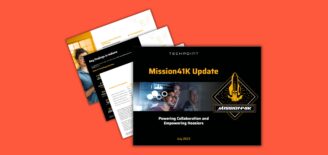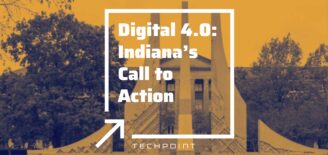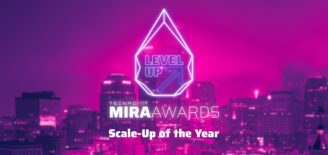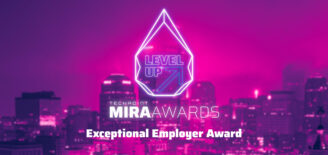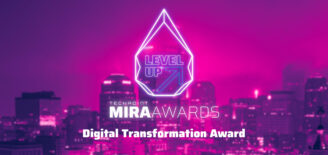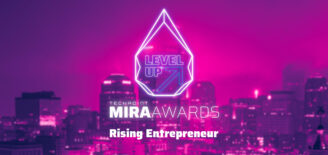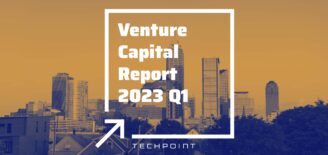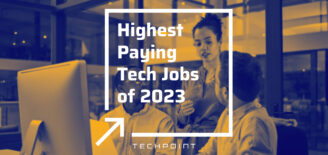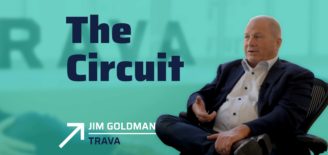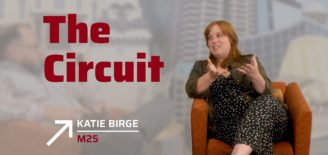R&D tax credits for startups: what has changed
The federal research and development (R&D) tax credit was created by Congress in 1981 as an incentive to increase R&D spending in the United States. Since then, the credit has been extended 15 times and made permanent by the Protecting Americans from Tax Hikes (PATH) Act of 2015.
Historically, large, profitable manufacturers and software developers have claimed the credit more often than small new businesses. Even though many startups incurred sizable qualified research expenses (QRE), the requirement that they have income tax liability often prevented them from capitalizing on the credit. The new rules introduced by the PATH Act have significantly changed that.
Download PDF
Visit BKD R&D Tax Credit Services
What has changed?
The PATH Act now allows “eligible small businesses” to apply research credit claims against alternative minimum tax (AMT) and “qualified small businesses” to apply research credit claims against payroll tax when no income tax liability exists. These provisions are effective for 2016 and going forward.
Who is affected by the changes?
While the terms “eligible small businesses” and “qualified small businesses” sound similar, there are important differences. Per IRC Section 38(c)(5), eligible small businesses can apply for AMT relief and have these characteristics:
- They are private corporations, partnerships or sole proprietorships.
- They have average annual gross receipts of $50 million or less for the three-year period preceding the claim tax year.
- Control group rules apply to taxpayers having common ownership.
- The $50 million gross receipts limitation applies to passthrough entities at the shareholder and partner level.
- By contrast, qualified small businesses can apply for payroll tax relief and have these characteristics:
- They are corporations, partnerships or individuals—not tax-exempt organizations under Section 501.
- Keep current tax year gross receipts of $5 million or less.
- They have no gross receipts prior to five years preceding the current/claim tax year. (For example, a company cannot have had gross receipts prior to 2012 if it wants to make the election to claim 2016 R&D tax credits against payroll tax in 2017. Only the R&D credits generated in 2016 can be used to offset payroll taxes; the credits cannot be claimed in prior years and carried forward to 2016.)
- The aggregation rules apply to gross receipts.
- They have no current income tax liability
Potential Tax Savings
Eligible small businesses are allowed to claim up to 100 percent of research credit amounts to reduce income tax liability for years in which they are subject to AMT. An allowable credit for a tax year is calculated based on a complex evaluation of net income tax, tentative minimum tax, AMT and net regular tax liability and limitations. Individual elements of the evaluation are part of routine annual tax calculations.
Qualified small businesses may use R&D tax credits to offset up to $250,000 in payroll taxes per year. The credit amount is applied against the old age, survivors and disability insurance (OASDI) tax liability paid for employees in the tax year. OASDI liability is 6.2 percent of gross wages of employees’ earnings, up to $118,500 for individual employees. The following example is based on a hypothetical partnership:
- Partnership with first-year gross receipts in 2013
- Calendar year-end filer with return due March 15, 2017
- $2 million in 2016 QREs
- $130,000 R&D credit
- Incurred $48,000 in OASDI tax expenses in first usable quarter (second quarter of 2017—April through June)
- $130,000 R&D credit used to offset $48,000 in payroll taxes and remaining $82,000 carried forward and applied to succeeding quarters
The taxpayer must annually make the election to use the R&D tax credit against payroll tax on originally filed returns. This provision takes effect for credits generated in 2016 and will become available for offsetting payroll taxes during the second quarter of 2017.
How are research credits determined?
Research credits are driven by wage, supply and contract research expenses related to qualified research activities. A qualified research activity must meet these requirements:
- Research must have been conducted to discover information the application of which is intended to be useful in the development of a new or improved business component; a business component is any product, process, technique, formula, invention or software item.
- Research must be technological in nature—it must rely on the principles of the hard sciences (engineering, computer science, biology, chemistry, physics, etc.).
- Uncertainty regarding the development or improvement of a business component must exist at the outset of the project.
- A process of experimentation must be used to eliminate the uncertainties.
The value of the credit is based on the increase in QREs in a claim year over those in a base period. Two allowable calculation methods determine base amounts differently. QREs include costs of labor to perform, support or direct technical research activities, supplies consumed in performing research as well as research activities performed by third parties at the taxpayer’s risk and expense. Expenses already may be captured in labor reporting or tracking software and accounting records. Documentation is necessary to support data used to quantify QREs and qualify activities included in a claim. Federal credits often amount to 4.5 percent to 6.5 percent of the QREs in a claim year.
Next Steps
The changes to the R&D tax credit in 2015 have made tax benefits available earlier in the life of startup companies. The related rules and calculations likely are unfamiliar to most taxpayers, especially startups that are highly focused on developing new and improved products and manufacturing processes. Startups performing qualified research should investigate and prepare to claim research credits if appropriate. Since there are revenue and time limits for eligibility, taxpayers should evaluate potential benefits of the research credit as soon as possible.
If you need help claiming an R&D tax credit for tax year 2016, contact your BKD advisor.
About the Authors
 Ashley Thompson — Ashley leads BKD’s nationally recognized Research & Development (R&D) Tax Credit Services division and has more than 15 years of experience helping clients claim federal and state R&D tax credits. He also conducts R&D tax credit studies for clients in the manufacturing, software development, technology, food processing and tool and die industries.
Ashley Thompson — Ashley leads BKD’s nationally recognized Research & Development (R&D) Tax Credit Services division and has more than 15 years of experience helping clients claim federal and state R&D tax credits. He also conducts R&D tax credit studies for clients in the manufacturing, software development, technology, food processing and tool and die industries.
 Herbert Hanselmann — Herb has more than 47 years of experience and leads research tax credit studies and operational reviews for manufacturing, distribution, education, government, not-for-profit, software development and technology clients.
Herbert Hanselmann — Herb has more than 47 years of experience and leads research tax credit studies and operational reviews for manufacturing, distribution, education, government, not-for-profit, software development and technology clients.
This article is for general information purposes only and is not to be considered as legal advice. This information was written by qualified, experienced BKD professionals, but applying this information to your particular situation requires careful consideration of your specific facts and circumstances. Consult your BKD advisor or legal counsel before acting on any matter covered in this update.




